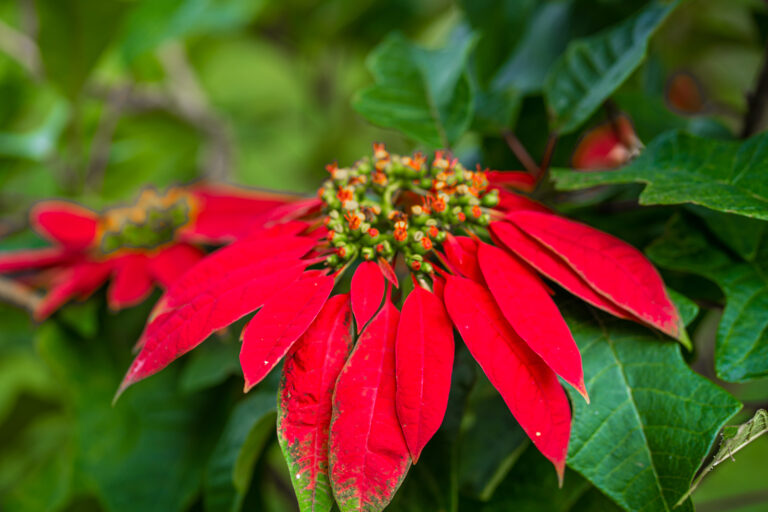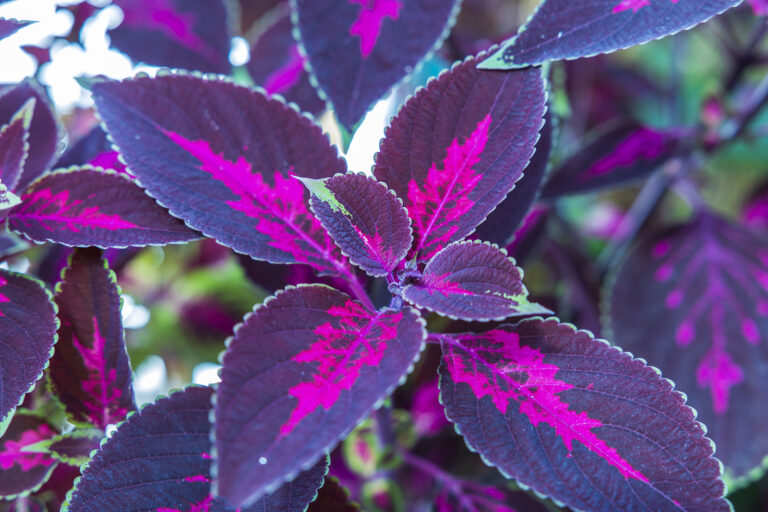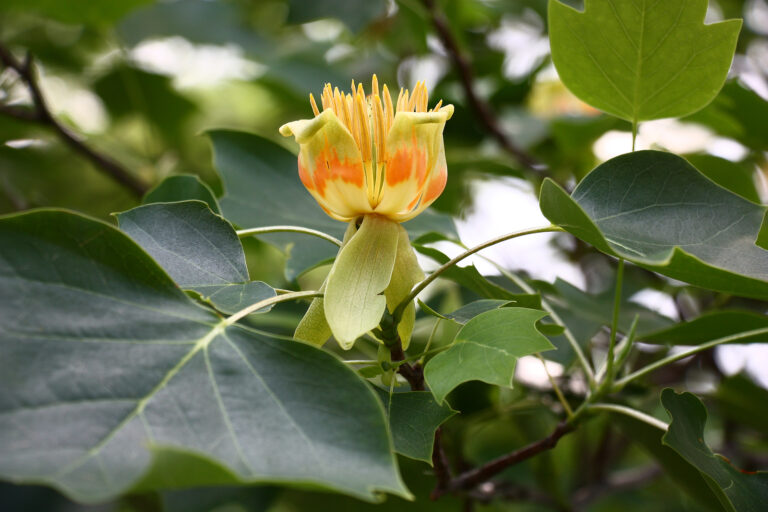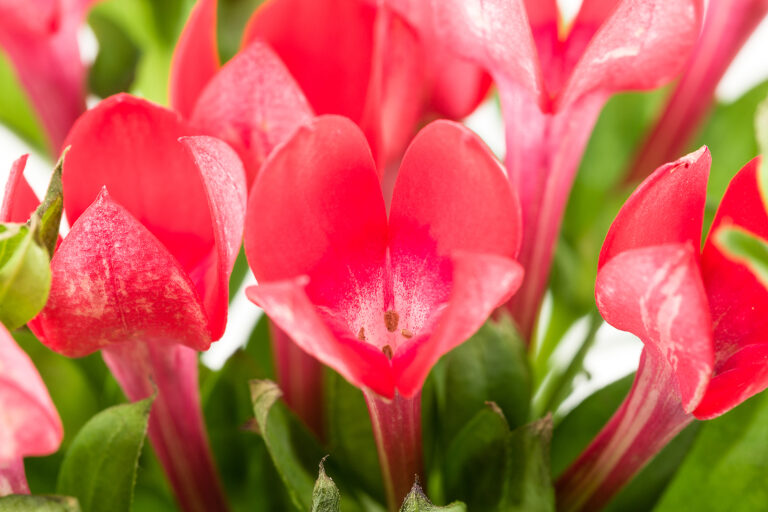How to Grow Fishtail Palm — Caryota
Caryota–commonly called fishtail palm–is a palm grown for its broad, divided, deep green leaves that resemble the tail of a fish. The finely divided leaves have leaflets that are flattened and split at the tips like fish tails.
Cayota is a tropical plant native to Southeast Asia. It is often grown as a houseplant in temperate regions. Caryota is grown as a specimen tree in tropical regions.
Caryota is a genus of 12 species of single and cluster-stemmed palms.
Get to know Caryota
- Plant type: Palm
- Growing zones and range: Zones 10-12
- Optimal growing temperature: day 68° to 75°F (20°-24°C), night 58° to 65°F (14°-18°C)
- Height and width: 10 to 40 feet (3-12m) tall and 10 to 22 feet (3-7m) wide depending on the variety.
- Foliage: Finely divided leaves, the leaflets are flattened and split at the tips like fish tails.
- Flowers: Green or purple flowers appear when the plant is mature.
- Uses: Specimen tree, houseplant
- Common name: Fishtail palm
- Botanical name: Caryota
- Family name: Arecaceae
- Origin: Southeast Asia
Where to plant Caryota
- Grow Caryota in full sun with midday shade outdoors.
- Indoors grow Caryota in bright filtered light and high humidity.
- Outdoors grow Caryota in humus-rich, moist, but well-drained soil.
- Indoors grow Caryota in a soil-based potting mix.
When to plant Caryota
- Set Caryota outdoors any time of the year in tropical and subtropical regions.

Planting and spacing Caryota
- Outdoors space Caryota 10 to 22 feet (3-7m) apart depending on the variety.
How to water and feed Caryota
- Water Caryota freely during the growing season. Water Caryota sparingly in winter.
- Apply a balanced liquid fertilizer monthy.
Caryota care
- Where Caryota is not hardy, grow it in a war greenhouse or use young specimens as houseplants.
- Caryota prefers to be potbound; repot when roots occupy 3/4 of pot space.
- Caryota rests in winter; keep the soil barely moist, withhold fertilizer.
Growing Caryota as a houseplant
- Grow Caryota in bright light and medium to high humidity.
- Keep the temperature warm.
- Keep the soil evenly moist but not soggy.
- Fertilize Caryota regularly from spring to fall.
Caryota pests and diseases
- Caryota is susceptible to attack by mealybugs, mites, and scale insects.
Caryota propagation
- Propagate Caryota from offsets.
- Sow seed at 81℉ in spring.
Caryota varieties to grow
- Caryota mitis, clustered fishtail palm. Slow growing from 20 to 25 feet tall; basal offshoots form clustered trunk with fibrous leaf base; light green leaves. Commonly grown as houseplant.
- C. ochlandra, Canton fishtail palm. Grows to 25 feet tall; medium dark green leaves; hardy to 26℉ /-3℃.
- C. urens, fishtail wine palm. Grows 15 to 20 feet tall; dark green leaves; hardy to 32℉ /0℃.







